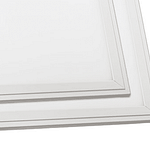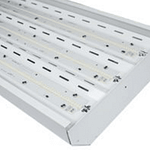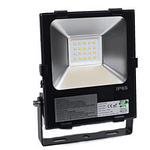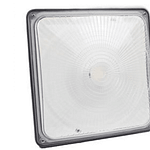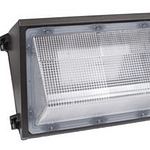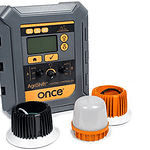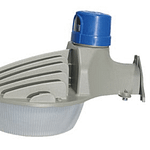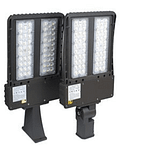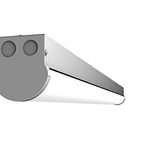After witnessing Michael Phelps swim his way to a total of 28 medals, 23 of them being gold, over the course of five Olympic games, you could say he’s someone many young athletes aim to emulate. He shocked many in Rio when he stepped out for his first race with circular bruises covering his back and shoulders, the result of cupping. Now sure to be the up-and-coming trend among professional and aspiring athletes alike, it is not the only unique treatment affecting athletic performance today. LED lights may be a new trend in fitness training!
Studies have shown that specific solid-state lighting, provided by LEDs, can affect stamina, cellulite, osteoporosis, COPD and much more while working out. Let’s follow Phelps’ lead and dive in and discover the effect LED lights have on exercise!
LEDs and Stamina
As we have mentioned before, lighting affects our moods and circadian rhythms. Poor lighting during the day can make us dreary and fatigued, while looking at bright lights at night can make us feel more awake when trying to fall asleep. Neal Pire, in an interview with Athletic Business, stated, “You can redesign a room to get the mood and response you want from your participants by changing nothing but the lighting. It can motivate or it can subdue. It has a very powerful effect.” Pire has worked with many fitness facilities over the years to develop physical building designs as well as fitness programs.
In designing fitness and training facilities, Pire suggests using or mimicking as much daylight as possible. “Natural lighting has a positive effect on your alertness,” Pire says. “The more alert you are, the more energized, the more with it.” He also suggest using bright lighting during a high intensity workout class, even syncing it with music to change colors and create a club-like environment. This type of lighting design can help boost energy and motivation, causing class attendees to push themselves further in their workouts. When it comes to cooling down after an intense workout, dimmer, softer lighting creates a more relaxed and tranquil environment.
LEDs, Osteoporosis and Cellulite
If you’ve ever struggled with weight, you may understand the desire to eliminate or disguise cellulite. You can find lotions in drugstores or wraps promoted on Facebook claiming to reduce cellulite with little to no effort. A 2012 Brazilian study offers a different solution. A group of researchers at the Optics Group of the Federal University of São Carlos at the University of São Paulo discovered that shining LED lights on a woman’s legs while running on a treadmill could reduce osteoporosis and, in turn, cellulite.
This study, which ran over the course of one year, followed 20 postmenopausal women who were not taking hormone replacement therapy or who suffered from any other medical conditions. The first group of 10 women ran on a treadmill for 45 minutes, twice a week with infrared light shining on their upper legs. The second group of 10 women followed the same exercise routine without infrared lighting.
The researchers created two LED infrared panels to attach to the sides of the treadmill for the first group of women. The opted for LED lighting as it has a low operational cost and are cooler to the touch than traditional bulbs.
The results of the study showed that the second group of women, who exercised without infrared lighting, lost more bone mass during the study than the first group of women who ran on the treadmill with infrared lighting. The researchers concluded the LED infrared lighting system was good for increased muscle performance and bone formation.
To learn more about how LED lighting has created a positive effect in gym facilities, check out our testimonial page! To schedule a free walk-through and proposal of your fitness facility, call us today at (515) 251-5970 or shoot us an email!
Posted in Human Centric Lighting, LED Lighting Basics




